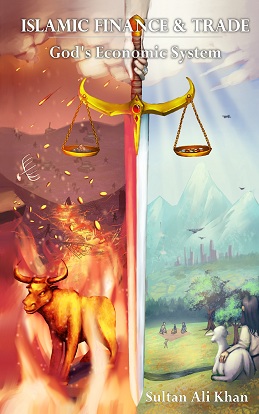Do you really know Islamic Financial Intermediation structures, lets look at an example? (God’s proposed structure – part 4)
Basic structures (that is building blocks) for Islamic Financial intermediation are: (1) Principle and Agent, (2) Partnership, and (3) Employer and Employee.
Lets take the Gulf used car market as an example. Traders specialize in Japanese, American, luxury, basic cars etc. Four cars are shipped per container. If trader A only can afford one car, he must either partner with some other traders that together will have four cars, or pay the more expensive LCL (Less that container load charges), in which case the shipping agent arranges to fill the container. In either case paying full container charges for just one car is uneconomical.
The above are ways the market solves the limited financing problem. However, if an investor trusts and is willing to partner with Trader A (Partnership A with 75:25 ownership), then Partnership A (the principle) will appoint Trader A as agent to execute the transaction, with a profit share of say 20% for the agent (0% for loss) and 80% for Partnership A (100% for loss). So we see that Trader A plays two separate roles. The agency profit generated from the trade cycle is shared on a 20:80 basis (agency loss would be 0:100 basis). Then the partnership profit (being 80% of the agency profit (or 100% of agency loss)) is shared amongst the partners on a 75:25 basis.
If we add an addition layer, the Partnership A’s investor would be controlled by Agent B acting on behalf of their principle (Partnership B). Here Agent B is diversifying the investment amongst many Traders (in addition to A).
One can see how these structures can be layered to form different levels of expertise in markets, geographies and diversification – to meet the needs of different types of investors.
However, one needs to be very careful combing the fixed and variable components of the profit and loss above, to ensure they comply with the Islamic legal tenants. Otherwise the structure would not be considered Halal (Acceptable).
So now we have some idea of the financial intermediation, but how should the economy and finance on the whole be structured?
The book “Islamic Finance and Trade: God’s Economic System”, is the culmination of over 25 years of research, to present the answer to the above question. You are kindly invited to Read, Review and Recommend the book. It is available at https://a.co/d/f1jTXvP and on all Amazon sites.

